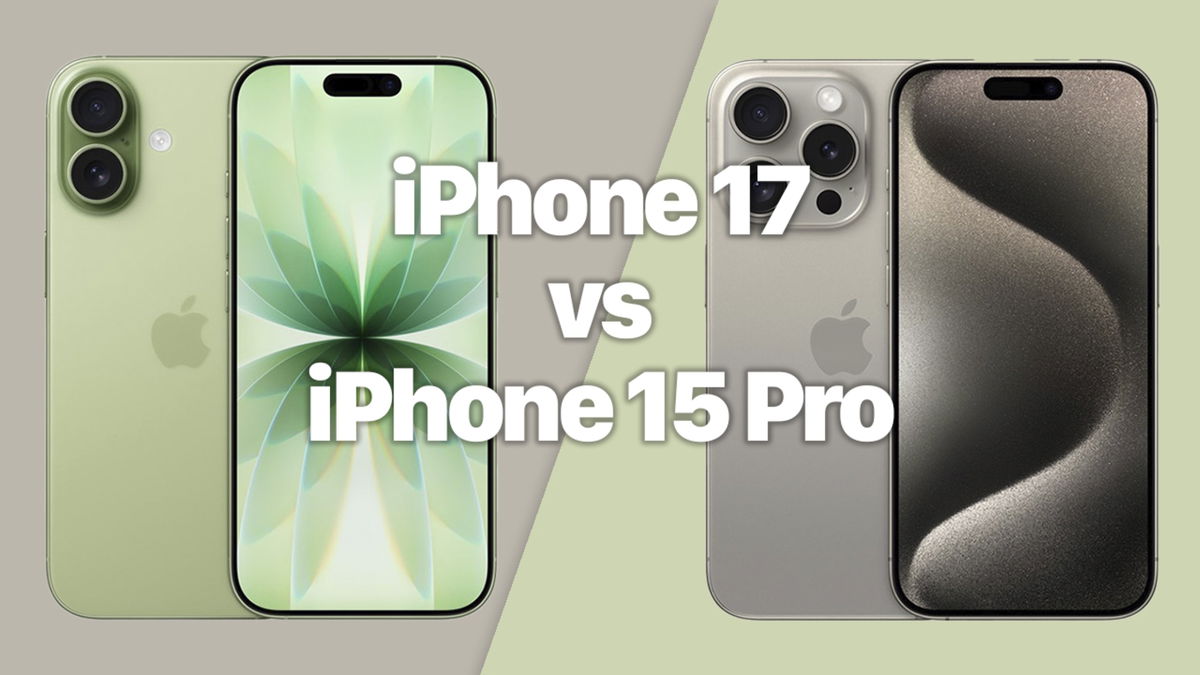After reaching its peak in January, Windows 11 lost 1.46% of its market share in February, falling to 26.72%. On the contrary, Windows 10 increased its market share by 1.81% to 69.04%.
Why is this happening?
- Windows 10 is a more mature and stable system than Windows 11.
- Windows 11 has stricter system requirements, which prevents it from running on many devices.
- Some users do not like the changes in the Windows 11 interface.
Microsoft is trying to speed up the transition to Windows 11, but has not been successful so far. So, what awaits us in the future?
Redmond will clearly continue to improve Windows 11 and make it more attractive to users. In comparison, Windows 10 will only be supported until October 2025, so users will have time to switch.
Interestingly, Windows 7, 8.1 and 8 still have a significant market share despite the lack of support.
Windows statistics as of March 2024:
- Windows 10: 69.04% (+1.81%)
- Windows 11: 26.72% (-1.46%)
- Windows 7: 3.04% (-0.06%)
- Windows 8.1: 0.44% (-0.22%)
- Windows XP: 0.39% (-0.13%)
Source: Ferra
I am a professional journalist and content creator with extensive experience writing for news websites. I currently work as an author at Gadget Onus, where I specialize in covering hot news topics. My written pieces have been published on some of the biggest media outlets around the world, including The Guardian and BBC News.











